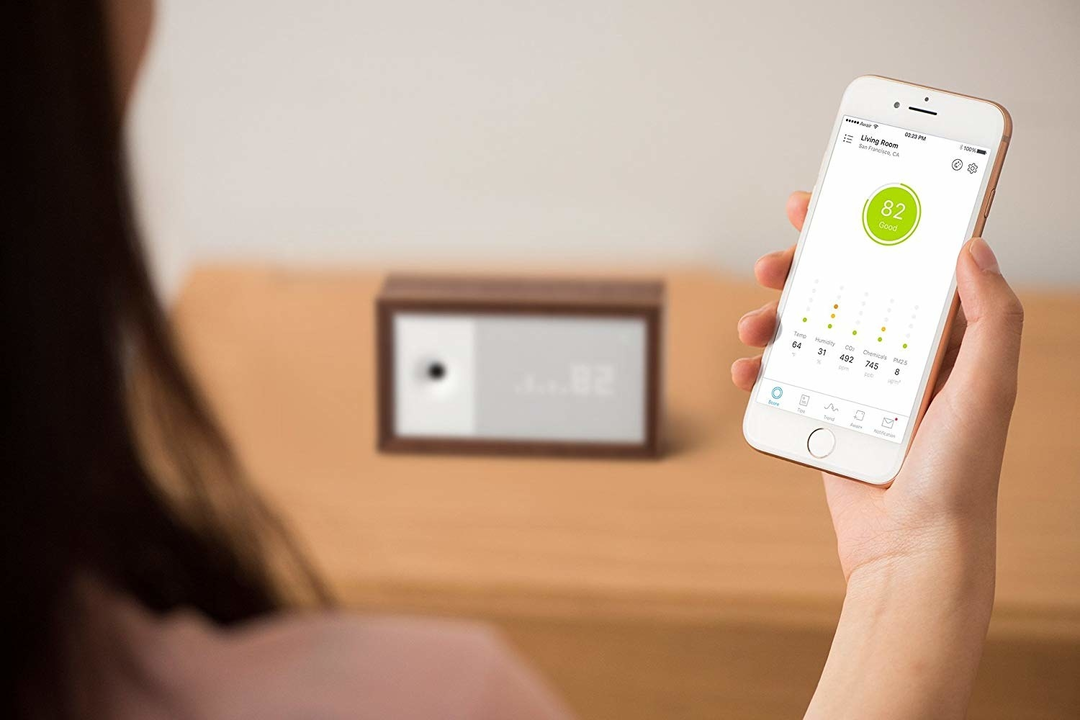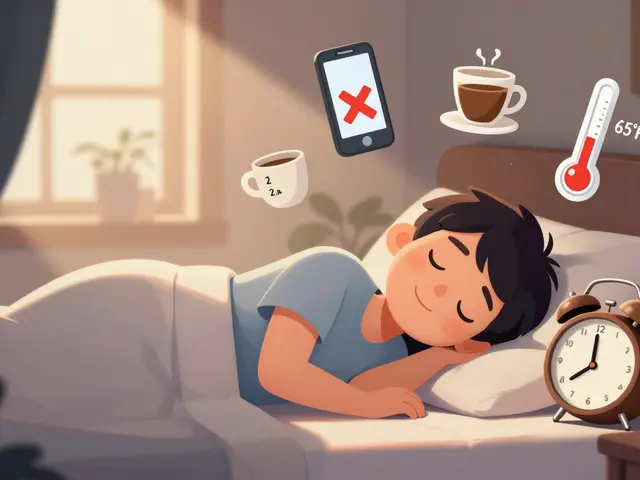Indoor Air Quality: Simple, Real Things You Can Do Today
Did you know indoor air can be more polluted than the air outside? That surprises people, but it matters because we spend most of our time indoors. Good news: you don’t need fancy equipment or a full remodel to make a real difference. A few clear steps can cut dust, chemicals, and smoky smells — and help you and your family sleep and breathe easier.
Quick checks and tools
Start by checking what’s actually in your air. A small PM2.5/CO2 monitor costs under $100 and tells you if fine particles or stuffy air are high. High CO2 usually means poor ventilation — open windows or boost a fan. High PM2.5 means particles from cooking, smoking, or outdoor pollution are getting in. A smart move: keep a simple monitor in the main living area for a week to spot patterns.
Air purifiers help where ventilation is limited. Choose a unit with a True HEPA filter for particles and an activated carbon stage for smells and volatile organic compounds (VOCs). Match the purifier’s Clean Air Delivery Rate (CADR) to the room size. For bedrooms, pick a quieter model and run it all night if needed.
Practical fixes that actually work
Ventilation beats traps. When you cook, run the range hood to the outside. Use bathroom fans during showers. If windows are safe to open, airing out for 10–15 minutes twice a day can cut indoor pollutants a lot. In winter, short bursts of fresh air prevent long periods of stale, polluted indoor air.
Upgrade filters where you can. For central HVAC, use at least MERV 8–13 filters. Higher MERV catches more particles but can restrict older systems; check your furnace manual. Change filters on schedule — typically every 1–3 months depending on use. Vacuum with a HEPA-equipped vacuum and dust with a damp cloth to avoid stirring fine dust into the air.
Control moisture to stop mold. Keep indoor humidity between about 30% and 50%. Use a dehumidifier in damp basements and fix leaks fast. If you find small mold patches, clean with detergent and water and dry thoroughly. For big mold problems, get a professional.
Cut sources before treating symptoms. Avoid indoor smoking, limit scented candles and sprays, and store solvents and paints outside living areas. Natural houseplants look nice, but they don’t replace filtration or ventilation — treat them as decor, not a cure.
Finally, think seasonally. On high outdoor pollution days, keep windows closed and run purifiers. When pollen is heavy, change clothes after being outside and wash bedding often. Small, consistent habits add up: better filters, targeted ventilation, and a good purifier will improve your indoor air more than one big action.
Want a short checklist to start? Buy a PM2.5/CO2 monitor, run kitchen and bathroom fans, switch to True HEPA purifiers for living spaces, change HVAC filters regularly, and control humidity. Do those five things and you’ll notice fresher air and fewer allergic reactions in weeks, not months.
The Impact of Indoor Air Quality on Chest Congestion
During my research on the impact of indoor air quality on chest congestion, I've discovered that poor air quality can greatly exacerbate respiratory issues. Pollutants such as dust, mold, and allergens can accumulate indoors, leading to increased chest congestion and difficulty breathing. Ensuring proper ventilation and utilizing air purifiers can significantly improve indoor air quality and prevent chest congestion. Moreover, regularly cleaning surfaces and maintaining a smoke-free environment can also minimize the risk of respiratory problems. In conclusion, maintaining good indoor air quality is crucial for preventing and alleviating chest congestion.
Read More





